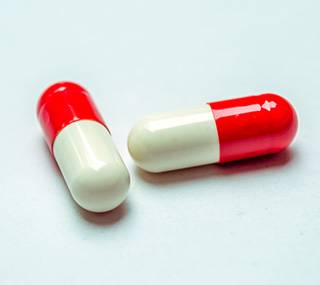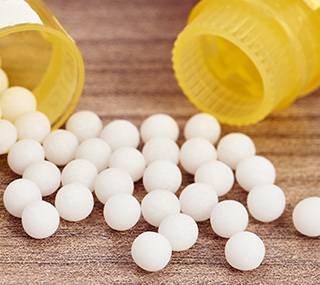Proprietary medicines
What are proprietary medicines?
A product is deemed to be a medicine if it has curative or preventive properties for human or animal diseases, or if it can be used or administered with the aim of establishing a medical diagnosis.A so-called “proprietary” medicine or reference medicine is the originator medicine used as a basis for designing generic medicines. It is made up of one or more active ingredients or “active substances”, responsible for its therapeutic effect, and excipients. The active substances remain unchanged in generic medicines, while only the excipients may be modified compared to those of the proprietary medicine.
Active substance and excipients
The active substance is the drug component which gives the medicine its curative or preventive properties.The term excipient refers to any substance other than the active substance contained in the medicine. It does not have any desired pharmacological activity. Excipients are used to allow the active substance to reach the part of the body where it needs to act. They play a role in the absorption and stability of the medicine. In this way, they enable satisfactory dissolution. They determine its appearance, colour, and taste.
Some excipients are described as excipients “with known effects” as they pose an increased risk of poor tolerance in sensitive patients. Aspartame, for example, is a source of phenylalanine, and is therefore contraindicated for individuals suffering from phenylketonuria.
The presence of excipients with known effects is indicated in the package leaflet and on the pack of the medicine (proprietary and generic). Information on the excipients of all medicines marketed in France can be viewed in the public medicines database.
Medicines containing such excipients must be used with caution by some sensitive patients. (Article R5121-1 Paragraph 8 of the French Public Health Code)
Excipients with known effects are listed in a European guideline.
Prescription and dispensing conditions
In France, no medicines can be sold to the public outside community or hospital pharmacies (in-house pharmacy).- Medicines subject to “optional medical prescription” or which are "not listed" may be sold without a prescription.
- “Prescription-only” medicines (PMO), the use of which requires special patient supervision, or which pose risks of potentially serious adverse reactions, can only be obtained with a prescription.
- Some medicines are included in the list of narcotic medicines: the dispensing of these medicines is regulated (tamper-proof prescription), as it is subject to very strict rules, and the amount dispensed by the pharmacist is limited to 7, 14 or 28 days of treatment, depending on the type of medicine.
- Some medicines are subject to restricted prescription.
Administration data protection and patent protection
Administrative data protection is the protection of the studies submitted in support of the marketing authorisation (MA) application for the proprietary medicine. It varies according to the date on which the proprietary medicine application was filed:- 10 years in France for proprietary medicine applications submitted prior to 30/10/2005;
- 8 years in France (and in all EU member states) for proprietary medicine applications filed after 30/10/2005.
Intellectual property protection, provided by patent filings, enables the laboratory to benefit from the investments inherent to proprietary medicine development. This commercial protection lasts for:
- 10 or 11 years from the MA date;
- up to 15 years in the case of a supplementary protection certificate (SPC) from the first MA granted in the European Union.






